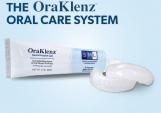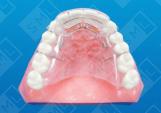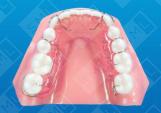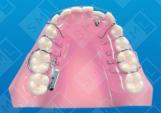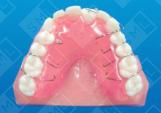
Restorative Enhancements
One of the primary goals of restorative dentistry is to maintain excellent form, function, and esthetics. To ensure the best care possible, a dentist must be capable of performing a variety of therapeutic approaches when faced with a difficult prosthetic situation. Failure to do so can compromise the quality of care delivered.
It's difficult to perform quality cosmetic dentistry without having the ability to move teeth. Today, our patients demand a cosmetic result, and in an effort to give them what they want, over-preparation of teeth or “instant ortho” is too often performed. “Instant ortho” usually results in extremely thick veneers and oversized crowns. You might mask their improper position and achieve a cosmetic result, but at what cost? Why compromise, when performing a small amount of tooth movement would allow you to achieve a superior outcome?
A simple minor tooth movement procedure is often the difference between a successful prosthetic result and a failure. Teeth that are improperly positioned in the arch or have an abnormal axial inclination lead to:
- Inappropriate distribution of occlusal forces
- Inadequate parallelism
- Poor occlusal plane
- Lack of interproximal space
- Adverse root proximity
- Faulty occlusal landmarks
- Excessive tooth preparation with potential pulpal involvement
- Inadequate pontic space
- Hard and soft tissue deformities of the periodontal structures
- Teeth that are more difficult to clean
- Bruxism and clenching habits
The appliances in this section are designed to help you re-establish the best restorative conditions possible, prior to starting your reconstruction procedures.
Select another Appliance Category







